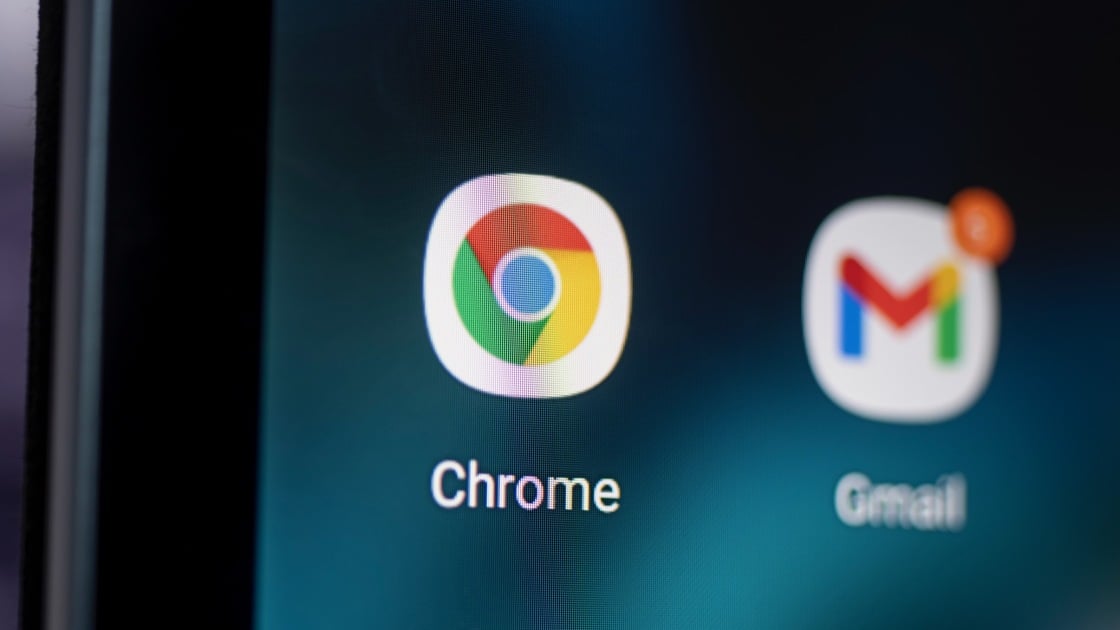Google has issued an emergency patch to address a high-severity, zero-day exploit targeting the desktop version of its Chrome browser.
The vulnerability, dubbed CVE-2025-13223, “exists in the wild,” Google says, which suggests that Google has evidence the flaw has already been used.
Google discovered a “type confusion” flaw in Chrome’s V8 JavaScript engine, where the software mistakenly uses one type of programming resource as another. This can enable a hacker to corrupt the software’s memory and execute malicious computer code.
The National Institute of Standards and Technology (NIST) adds that the flaw “allowed a remote attacker to potentially exploit heap corruption via a crafted HTML page.” This suggests the hackers were circulating the attack through malicious websites or phishing emails.
Although details about the threat are vague, the company credited the discovery to Clément Lecigne, a Google security researcher who has investigated cyber threats from state-sponsored hackers and commercial surveillance companies. Lecigne reported the flaw to the company on Nov. 12, and Google issued the emergency fix.
For Windows, the patch is arriving via version 142.0.7444.175/.176. For Mac, it’ll arrive as 142.0.7444.176, and for Linux, it’s 142.0.7444.175.
Recommended by Our Editors
The Chrome browser can download the update automatically; you just have to relaunch the software to fully install the patch. To update manually, go to Settings > About Chrome > Relaunch, or visit Google’s support page on downloading the patches.
Microsoft also released a fix for the Edge browser, which uses Google’s Chromium. The version number is 142.0.3595.90.

Get Our Best Stories!
Stay Safe With the Latest Security News and Updates
Thanks for signing up!
Your subscription has been confirmed. Keep an eye on your inbox!
About Our Expert

Michael Kan
Senior Reporter
Experience
I’ve been a journalist for over 15 years. I got my start as a schools and cities reporter in Kansas City and joined PCMag in 2017, where I cover satellite internet services, cybersecurity, PC hardware, and more. I’m currently based in San Francisco, but previously spent over five years in China, covering the country’s technology sector.
Since 2020, I’ve covered the launch and explosive growth of SpaceX’s Starlink satellite internet service, writing 600+ stories on availability and feature launches, but also the regulatory battles over the expansion of satellite constellations, fights with rival providers like AST SpaceMobile and Amazon, and the effort to expand into satellite-based mobile service. I’ve combed through FCC filings for the latest news and driven to remote corners of California to test Starlink’s cellular service.
I also cover cyber threats, from ransomware gangs to the emergence of AI-based malware. Earlier this year, the FTC forced Avast to pay consumers $16.5 million for secretly harvesting and selling their personal information to third-party clients, as revealed in my joint investigation with Motherboard.
I also cover the PC graphics card market. Pandemic-era shortages led me to camp out in front of a Best Buy to get an RTX 3000. I’m now following how President Trump’s tariffs will affect the industry. I’m always eager to learn more, so please jump in the comments with feedback and send me tips.
This article was published by WTVG on 2025-11-18 15:00:00
View Original Post






